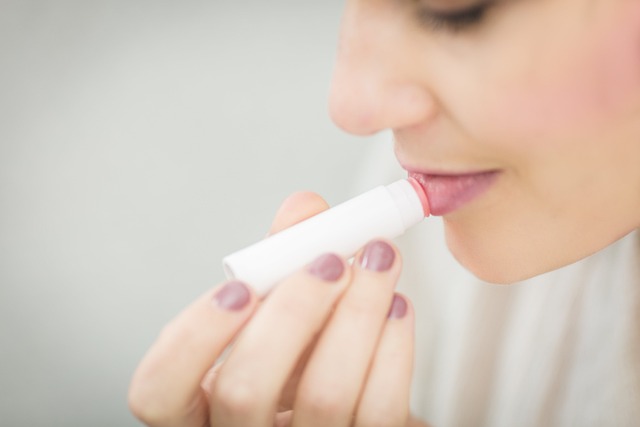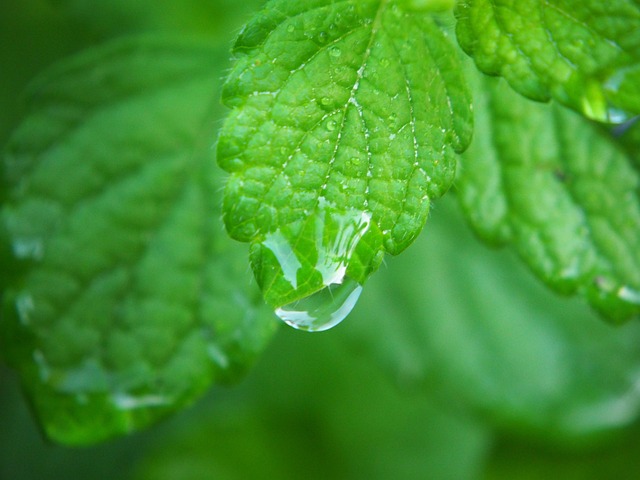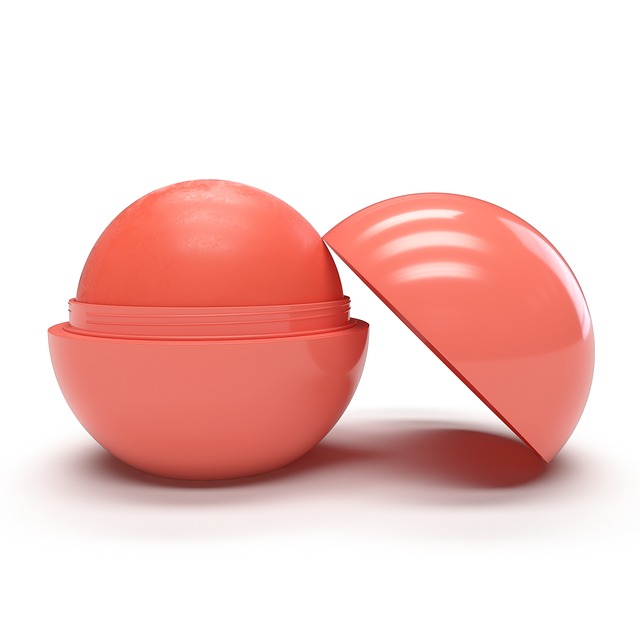Tinted lip balms combine emollients, natural pigments, and SPF for hydration and subtle coloring without harsh ingredients. While modern formulas often include synthetic dyes and preservatives, concerns about health risks have led to increased scrutiny and regulatory limits. Plant-based alternatives eliminate harmful chemicals like lead, parabens, and phthalates, addressing consumer demand for safer, more sustainable beauty products. This trend reflects a broader cultural shift towards wellness and sustainability in the lip balm market.
“Uncover the secrets hidden within your daily beauty ritual—tinted lip balms. This comprehensive guide delves into the world of colored lip care, exploring the ingredients that define its appeal. From understanding the roles of various chemicals to assessing their safety and potential health risks, we navigate the landscape of modern cosmetics.
We also shine a light on natural alternatives, highlighting trends in the industry that offer healthier options. Discover why choosing the right tinted lip balm matters and embrace a glow that goes beyond surface level.”
- Understanding Tinted Lip Balm: Ingredients and Their Roles
- The Safety Profile of Common Chemicals in Lipstick
- Potential Health Concerns Associated with Specific Components
- Natural Alternatives and Trends in Modern Lip Balms
Understanding Tinted Lip Balm: Ingredients and Their Roles

Tinted lip balms are a popular choice for those seeking a subtle, natural-looking tint to enhance their lips. Unlike traditional lipsticks, they often contain fewer and gentler ingredients, making them a preferred option for everyday use. The key to their effectiveness lies in the unique blend of components designed to nourish and color the lips simultaneously.
These balms typically include emollients like beeswax or shea butter to lock in moisture, ensuring the lips remain hydrated and soft. Colorants, such as natural pigments or minerals, provide the tinted effect, while essential oils may be added for their conditioning properties. Some formulas also incorporate SPF for sun protection, making them a versatile and convenient addition to any skincare routine.
The Safety Profile of Common Chemicals in Lipstick

The safety profile of common chemicals found in lipstick has been a subject of growing interest among consumers and regulatory bodies alike. While many modern lipsticks claim to be natural or organic, they often still contain synthetic ingredients, including dyes and preservatives. These chemicals play a significant role in enhancing color, prolonging the product’s shelf life, and ensuring a smooth, comfortable wear. However, concerns about potential health risks have prompted closer scrutiny.
Common chemicals like carmine, a natural dye derived from cochineal insects, and various synthetic pigments are used to create vibrant shades in tinted lip balms. While these ingredients have been considered safe for topical application, some studies suggest that certain preservatives and fragrances may penetrate the skin, leading to potential irritations or allergic reactions. Regulatory authorities globally continue to monitor and regulate the use of these chemicals to ensure their safety, with many countries setting strict limits on levels permitted in cosmetic products, including lipsticks and tinted lip balms.
Potential Health Concerns Associated with Specific Components

The components in lipstick can vary widely, and many conventional brands contain chemicals that have raised health concerns. One common ingredient, lead, has been detected in several tinted lip balms, which can pose a risk, especially for children and pregnant women. Lead is known to cause neurological damage and developmental issues.
Other potential hazards include parabens, often used as preservatives, linked to endocrine disruption; and phthalates, which can interfere with hormone production. Some lipsticks also contain synthetic fragrances that may contain volatile organic compounds (VOCs), contributing to respiratory issues and skin irritation. These chemicals highlight the importance of choosing products, including tinted lip balms, with safer, natural alternatives whenever possible.
Natural Alternatives and Trends in Modern Lip Balms

In response to growing consumer demand for safer and more natural products, modern lip balms have seen a surge in innovation, with many brands now offering tinted lip balm alternatives that eliminate harsh chemicals traditionally found in lipstick. These new formulations often incorporate plant-based ingredients like beeswax, shea butter, coconut oil, and essential oils, providing both hydration and subtle color without the risks associated with synthetic dyes or heavy metals.
The trend towards natural and organic beauty products has not only sparked a movement away from traditional lipstick but also encouraged a focus on transparency in ingredient lists. Consumers are increasingly conscious of the potential health implications of certain chemicals, leading to a market shift towards tinted lip balms that offer both beauty and peace of mind. This shift reflects a broader cultural movement towards sustainability and wellness, with folks seeking products that align with their values and promote overall well-being.
Lipstick, a staple in many beauty routines, contains various chemicals that warrant careful consideration. While conventional lipsticks often include potentially harmful components, the rise of natural alternatives, such as tinted lip balms, offers a safer and more sustainable option. Understanding the ingredients in your beauty products is key to making informed choices. By opting for tinted lip balms with carefully curated natural ingredients, you can enjoy enhanced lips without compromising your health or the environment.
